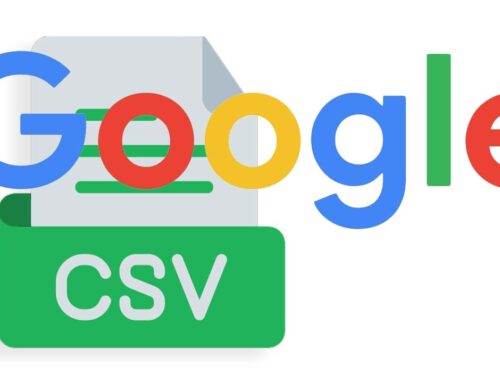The Google Helpful Content Update is a crucial aspect of Google’s ongoing efforts to improve its search algorithm and provide users with the most relevant and valuable search results. This article will provide a comprehensive overview of the Google Helpful Content Update, including its objectives, impact on websites, and best practices for optimizing your content.
Understanding the Google Helpful Content Update
Objectives
- Enhance search quality
- Reward high-quality, valuable content
- Penalize low-quality or misleading content
- Improve user experience
- Provide relevant and informative search results
- Reduce the prevalence of spam or harmful content
Key focus areas
- E-A-T (Expertise, Authoritativeness, Trustworthiness)
- Assess the credibility and expertise of content creators
- Evaluate the trustworthiness of websites
- User intent
- Understand the primary purpose behind users’ search queries
- Provide search results that closely align with user intent
Impact on Websites
Positive effects
- Higher rankings for helpful content
- Websites that produce high-quality, valuable content are more likely to rank higher
- Increased visibility in search results leads to more organic traffic
- Enhanced user engagement
- Users are more likely to engage with informative and relevant content
- Higher engagement may lead to better conversion rates and increased customer loyalty
Negative effects
- Lower rankings for low-quality content
- Websites with thin, irrelevant, or misleading content may experience a decline in search rankings
- Decreased visibility in search results can lead to reduced organic traffic
- Increased competition
- As more websites strive to create helpful content, competition for search rankings may intensify
- Websites will need to consistently produce high-quality content to maintain their search rankings
Best Practices for Optimizing Your Content
Focus on E-A-T
- Demonstrate expertise
- Provide well-researched, in-depth content
- Highlight your credentials and industry experience
- Establish authority
- Build a strong online presence
- Earn backlinks from reputable sources
- Ensure trustworthiness
- Secure your website with HTTPS
- Be transparent with your policies and contact information
Align with user intent
- Perform keyword research
- Identify relevant keywords and phrases that users are searching for
- Incorporate these terms naturally into your content
- Understand user needs
- Determine the primary goal or question users are trying to address
- Create content that effectively meets these needs or answers these questions
Provide a great user experience
- Improve site navigation
- Make it easy for users to find and access your content
- Utilize a clean, intuitive site structure
- Optimize page load times
- Compress images and reduce file sizes
- Utilize caching and content delivery networks (CDNs)
By understanding the Google Helpful Content Update and implementing the best practices outlined above, you can optimize your content to align with Google’s guidelines and improve your search rankings. By consistently creating high-quality, valuable content that meets user needs, you will be well-positioned to thrive in the ever-evolving world of search engine optimization.










